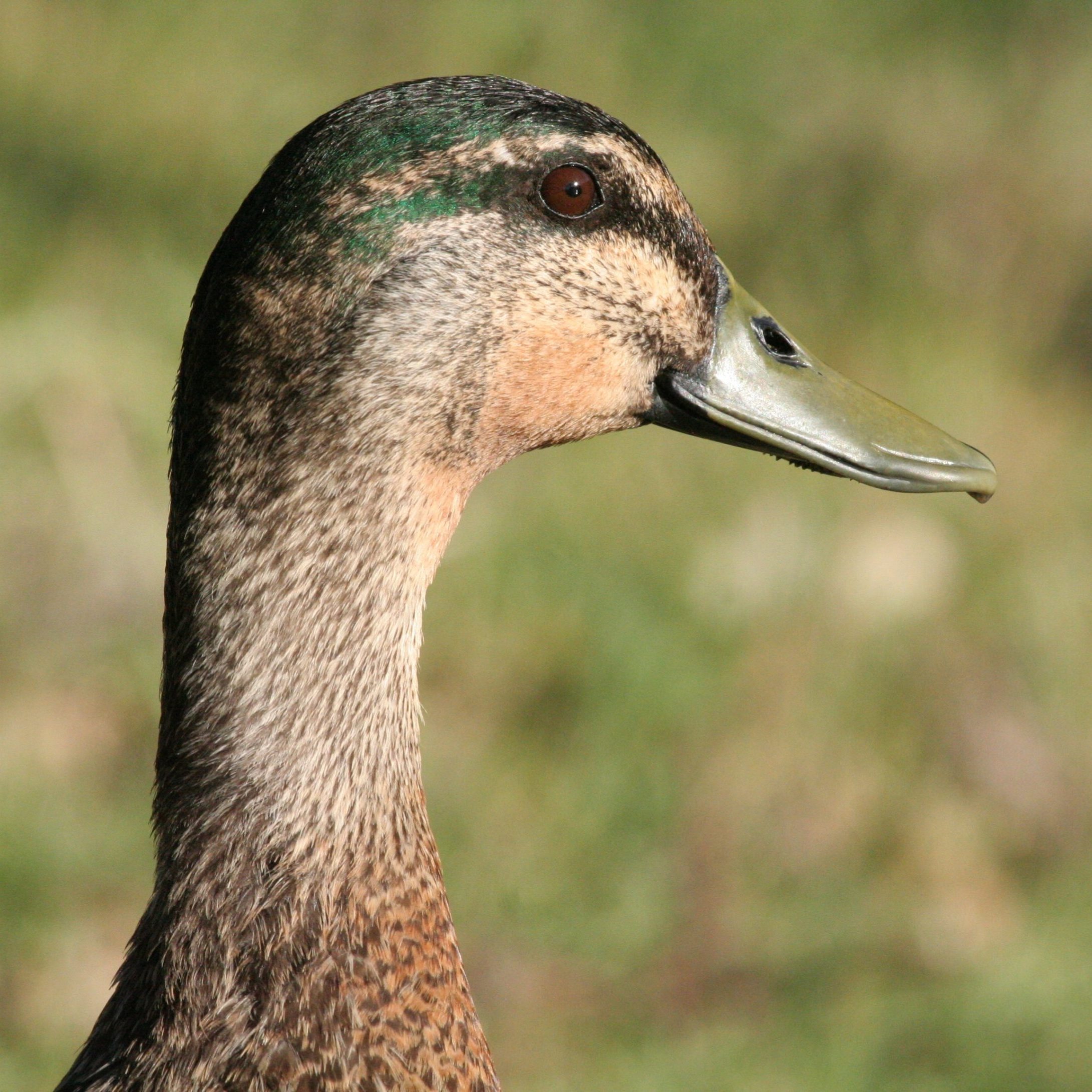Birds
The first ‘modern’ birds (Neornithes) appear in the fossil record during the Cretaceous and coexisted with other diverse bird lineages such as the toothy Enantiornithes and aquatic-adapted Hesperornithes. Unlike these close relatives and their dinosaurian ancestors, only early modern birds survived the fifth mass extinction, giving rise to the explosive radiation of one of the most speciose extant vertebrate groups. Over the following tens of millions of years, birds acquired diverse adaptations for habitat, locomotion, and diet.
Modern birds are divided into two major lineages: the Palaeognathae (‘old jaw’) and the Neognathae (‘new/young jaw’). Palaeognathae includes all the living large, flightless birds such as the emu, cassowary and ostrich (ratites). It was once believed that all ratites were descended from a flightless ancestor; however, we now know that the common ancestor of these species was a small, flying bird similar to modern species of tinamou (the only flying palaeognaths).
Perching birds or songbirds (Order Passeriformes) are the most diverse group of modern birds, making up more than half of all species alive today. Evidence suggests that most, if not all, songbirds diversified in Australia during the Eocene, and then subsequently spread across the globe. No wonder Australia’s birdlife is so unique!
